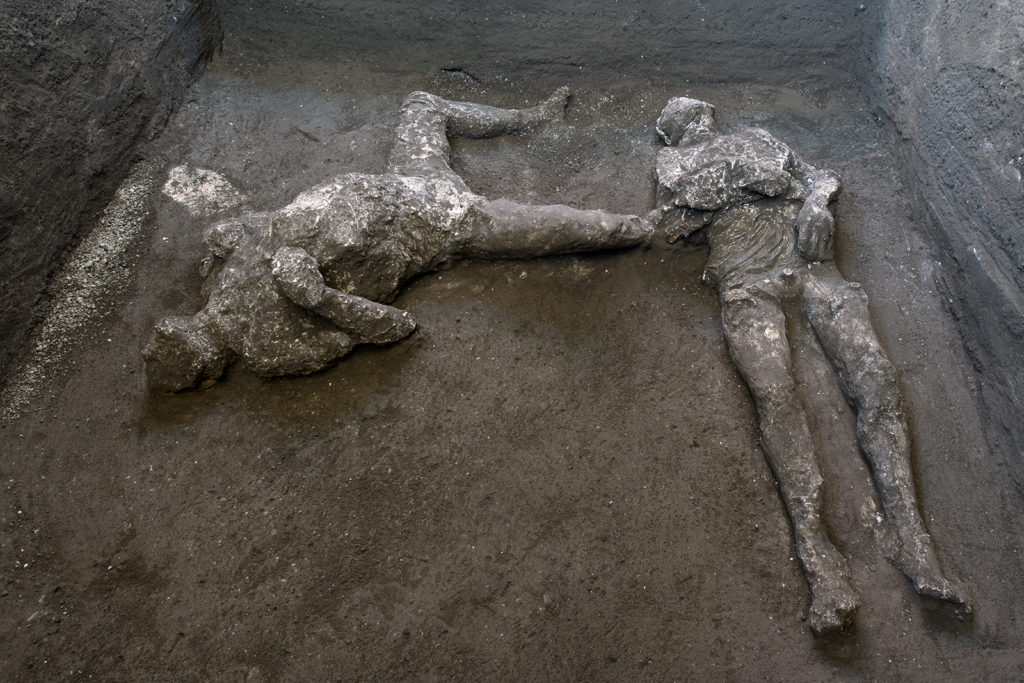
Of all the haunting images of Pompeii that have been uncovered in the three centuries since the archaeological site was rediscovered, it is the plaster casts of the many victims that drives the tragedy home to the heart. As we see bodies huddled in fear or sprawled on the floor as they sought safety, we realize that we’re literally gazing back in time to the final moments of life. For me, seeing Pompeii has always been a fascinating and somber experience. It helps that my visits have always been with my husband Lello, a Campania tour guide, who is truly gifted at bringing the history to life. (Side note: I always recommend getting a good guide to experience Pompeii and any of the archaeological sites in Campania. It adds so much to the experience!)
Pompeii is an active archaeological site with large portions yet to be excavated as well as the areas surrounding the walled city that were once home to suburban villas and farms. The Villa dei Misteri located northwest of Pompeii, just a short walk from the Porta Ercolano, is an fine example of a suburban villa. Beyond the incredible frescoes that the villa is most known for, we can also see that it functioned in part as a farm and that wine and oil were produced. In fact, it seems a large area north of the ancient city in the direction of Mt. Vesuvius was an agricultural zone noted for the production of wine and oil. All this to set the scene for another suburban complex that has made the news lately: the Civita Giuliana. It was here in the noble residential part of the villa currently being excavated that two plaster casts were recently created of victims from the eruption of Mt. Vesuvius that destroyed Pompeii in 79 AD.
This large suburban villa called Civita Giuliana is located about 700 meters northwest of the walled city in a setting that would have offered a panoramic view of the Gulf of Naples. It was first discovered and excavated from 1907-1908 and later in the 1950s. The complex includes a residential area with frescoes as well as an agricultural area that included a wine cellar, food storage, stables and more. In 2018, the first complete plaster cast of an ancient horse at Pompeii was created in the stable area at Civita Giuliana.
Unfortunately, this archaeological site has been targeted by thieves who tunneled into the ruins and stole artifacts and damaged the site. Once these illegal tunnels were discovered, it was necessary to create a new excavation plan and working with the police the archaeologists from Pompeii continue to bring to light many new finds in the Civita Giuliana area.
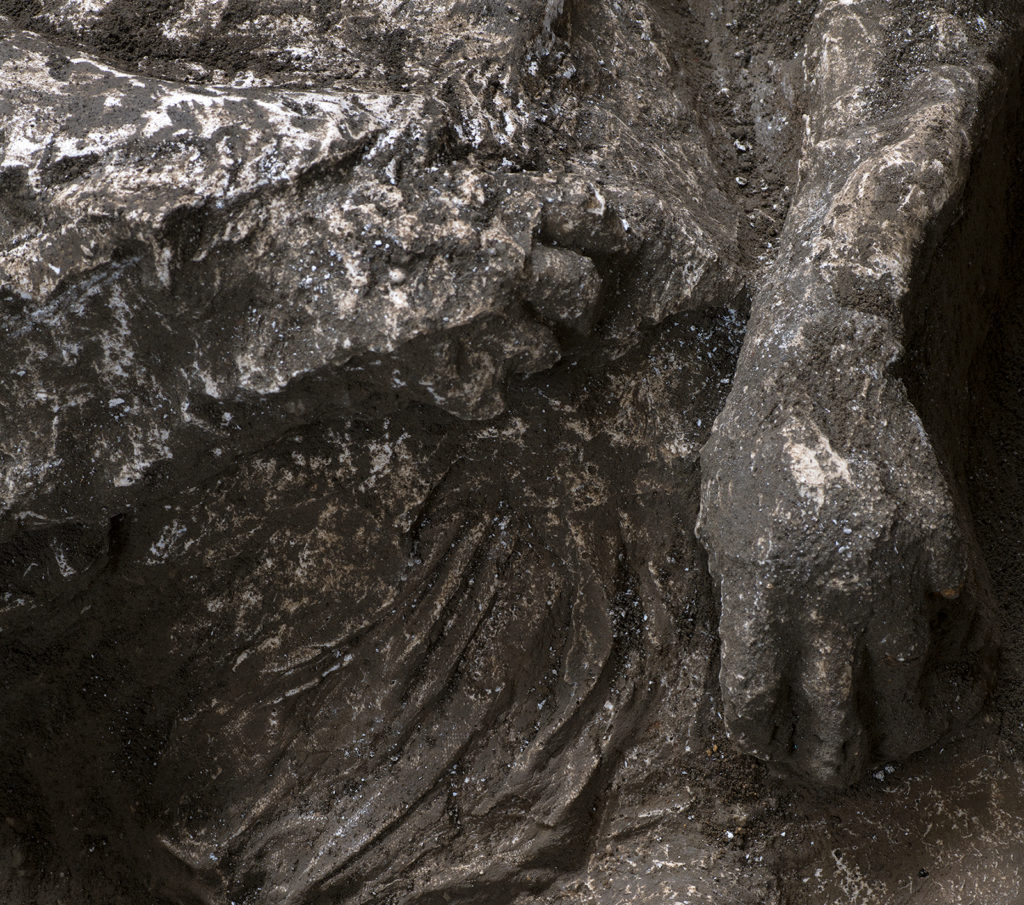
But the discoveries that capture the attention of the world are often the plaster casts like the two announced last week. And for good reason. Besides the human form and emotion evoked–the faces and the sense of torture in the final moments–the plaster casts reveal such incredible detail, down to the folds of garments and materials, along with what people were carrying with them and what they were doing in those final tragic moments. The details of the two bodies discovered at Civita Giuliana indicate that they were two men, one about 18 to 25 years old and the other about 30-40 years old. While there are characteristics revealed from the remains and the plaster casts, we’ll never really know exactly who these two men were. Yet the human dimension the plaster casts bring to our understanding of life in ancient Pompeii is remarkable.
“It is impossible to see those deformed figures, and not feel moved. They have been dead for eighteen centuries, but they are human beings seen in their agony. This is not art, it is not imitation; these are their bones, the remains of their flesh and their clothes mixed with plaster, it is the pain of death that takes on body and form. Up to now temples, houses and other objects have been found that have aroused the curiosity of educated people, artists and archaeologists; but now you, my dear Fiorelli, have uncovered human pain, and every man feels it.”
Luigi Settembrini, “Letter to the Pompeians”, 1863
This moving statement by Luigi Settembrini (1813-1876), an Italian writer, captures the emotional experience of seeing the very first plaster cast made of bodies of victims by the archaeologist Giuseppe Fiorelli (1823-1896) in 1863. Fiorelli was director of excavations at Pompeii from 1860 to 1975 and it was during this period that he was able to successfully create the first plaster cast of human remains. The results were as shocking and impressive as they are today.
These new plasters casts were created using the same technique as Fiorelli with, of course, new technology on hand, including laser scanning and endoscopic analysis. The process itself is possible due to the unique way that Pompeii was preserved due to the pyroclastic material (lapilli, pumice, ash, etc.) that covered the city after the eruption. **Alright, what comes next is isn’t for the squeamish.** Over the centuries the bodies of humans, animals, food, and natural objects decomposed and left cavities in the compact material that covered the city in a thick layer. In the 19th century, archaeologists realized that these voids had stories to tell.
In the case of these recent discoveries at Civita Giuliana, the skeletal remains were first examined by physical anthropologists at Pompeii and then most of the bones removed. A mix of plaster and water is then poured into the cavity and then once hardened the surrounding material is delicately excavated to reveal the plaster cast. Now, nearly 2,000 years later, we’re able to look at these final moments of life and learn from them.
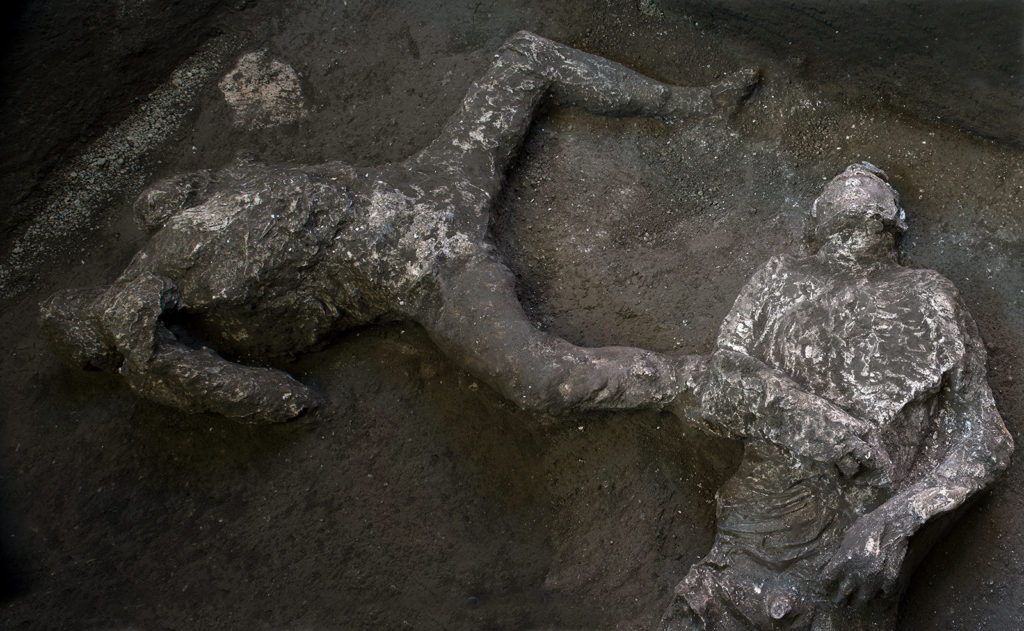
Pompeii is an ever-changing site as excavations are continually underway. Even if you’ve been before, it’s always worth visiting again as new or different villas are often open to explore. In this year of limited or impossible travel, it’s also encouraging to hear about these new discoveries. It’s a reminder that there is so much to discover and experience in Campania – hopefully in 2021!
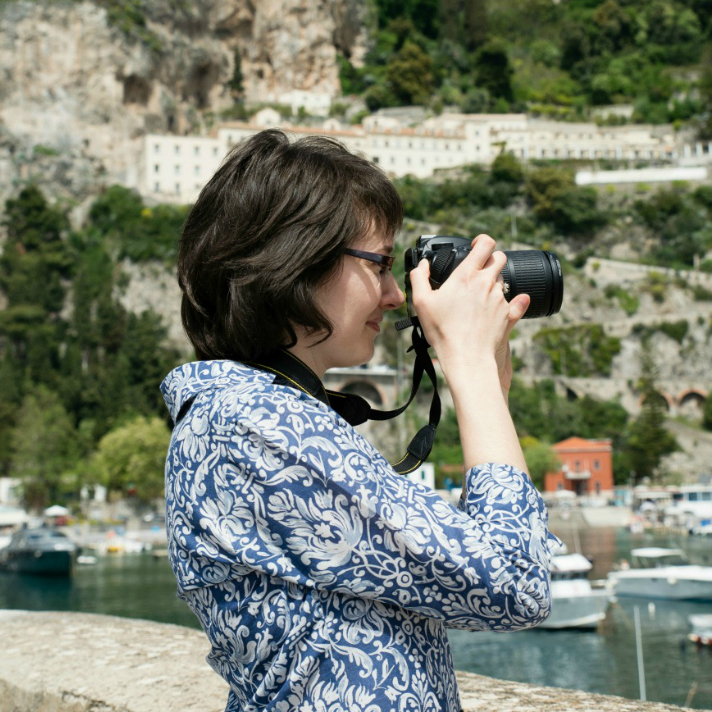
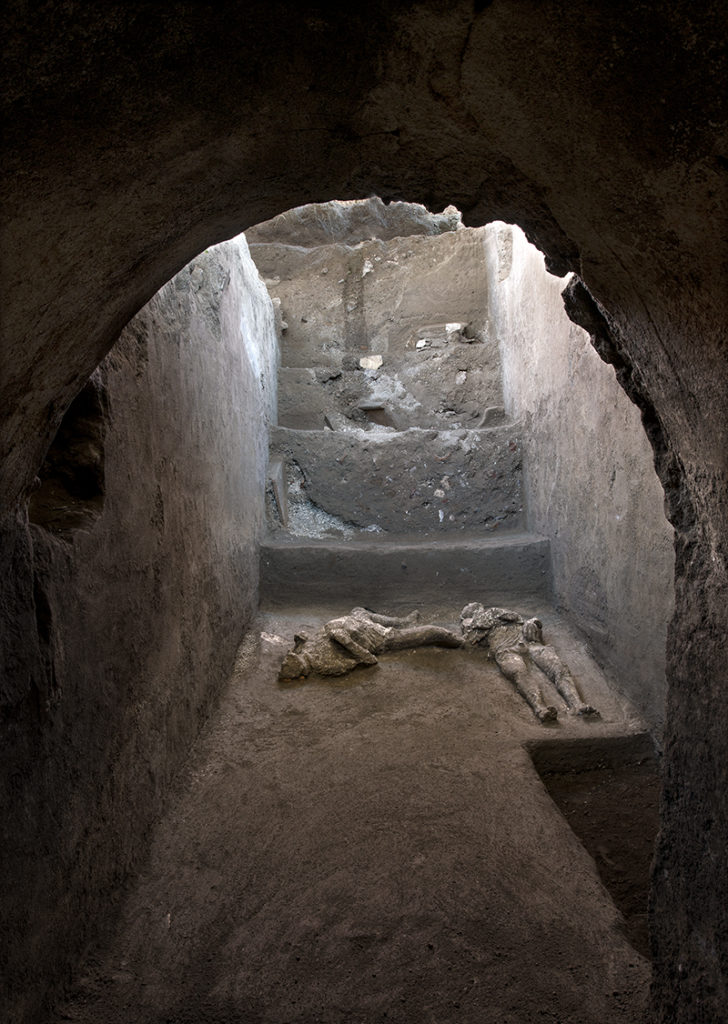
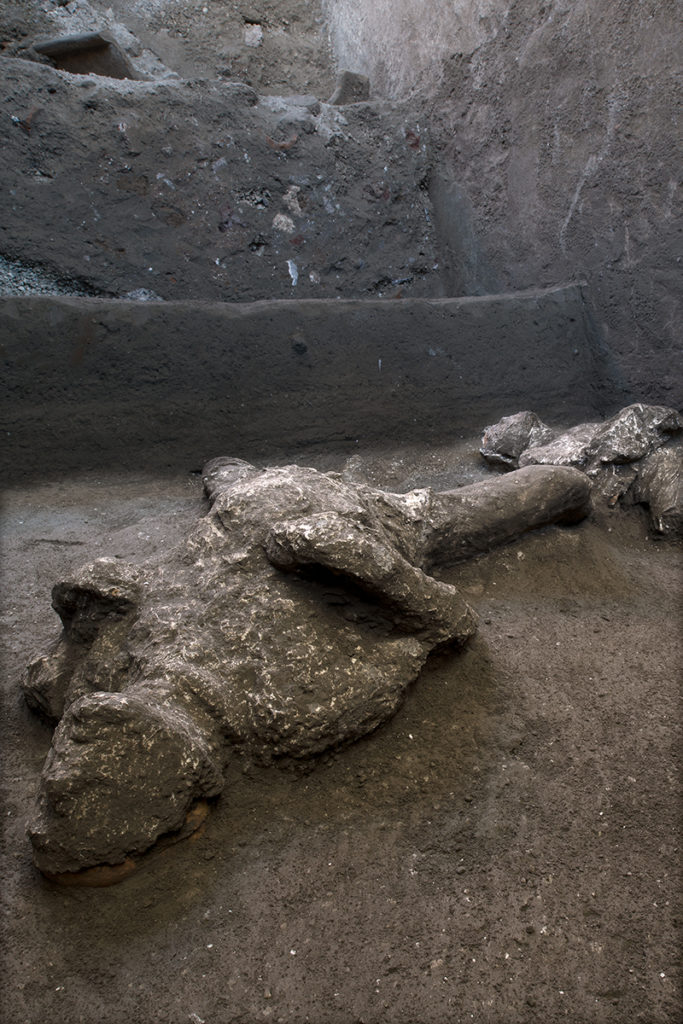
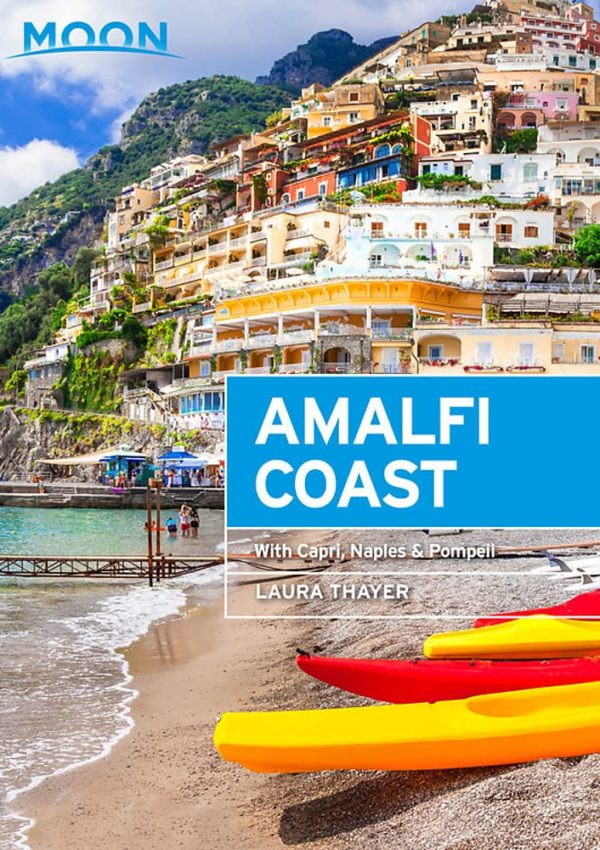
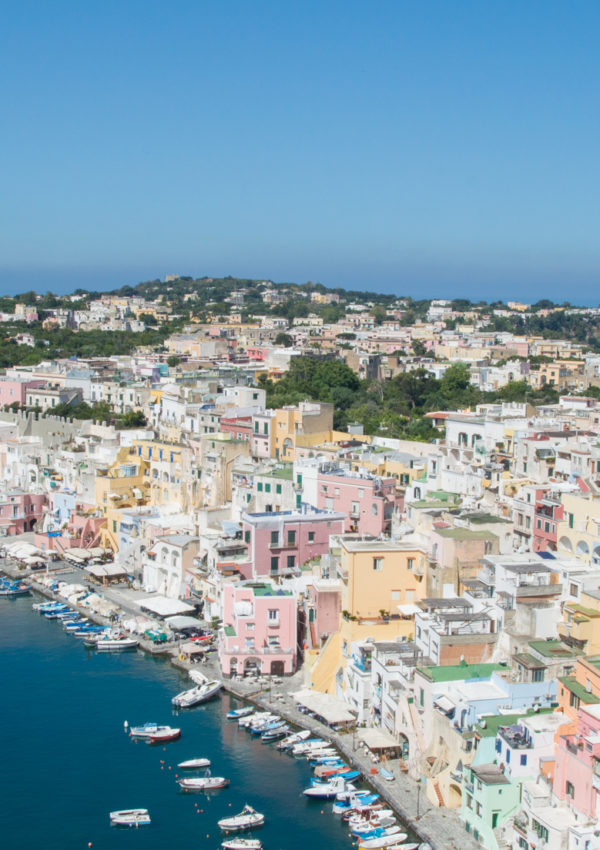
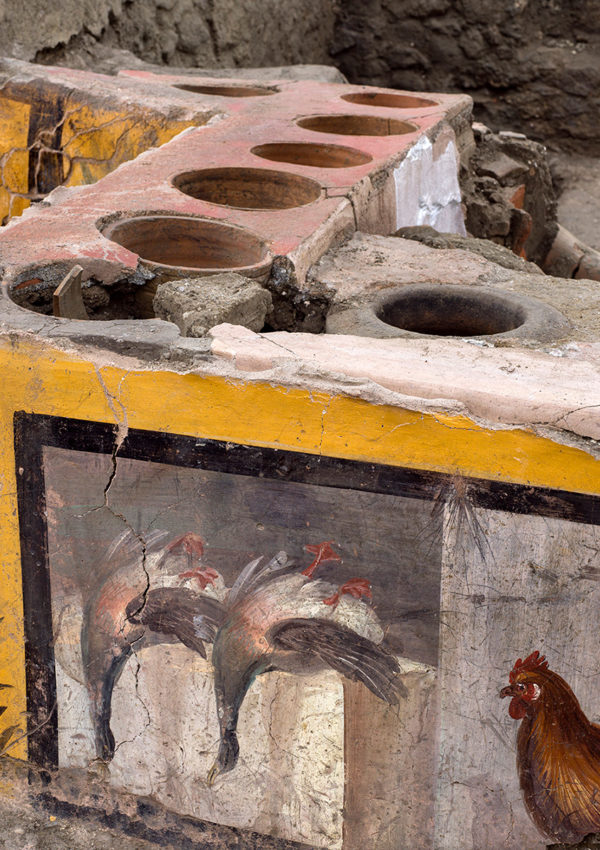
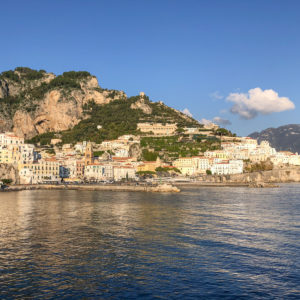
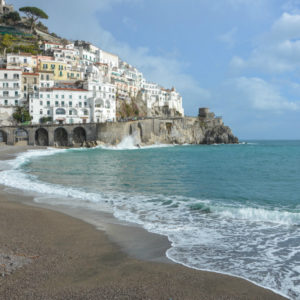
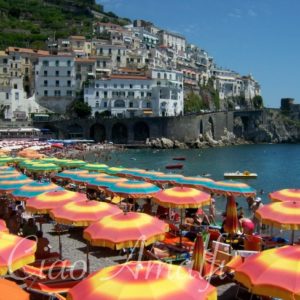
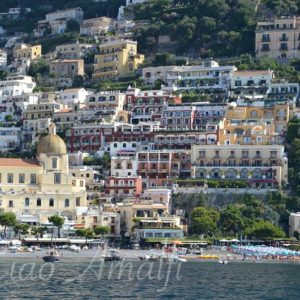
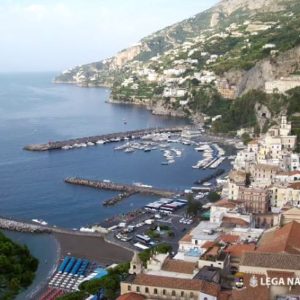

Leave a Reply